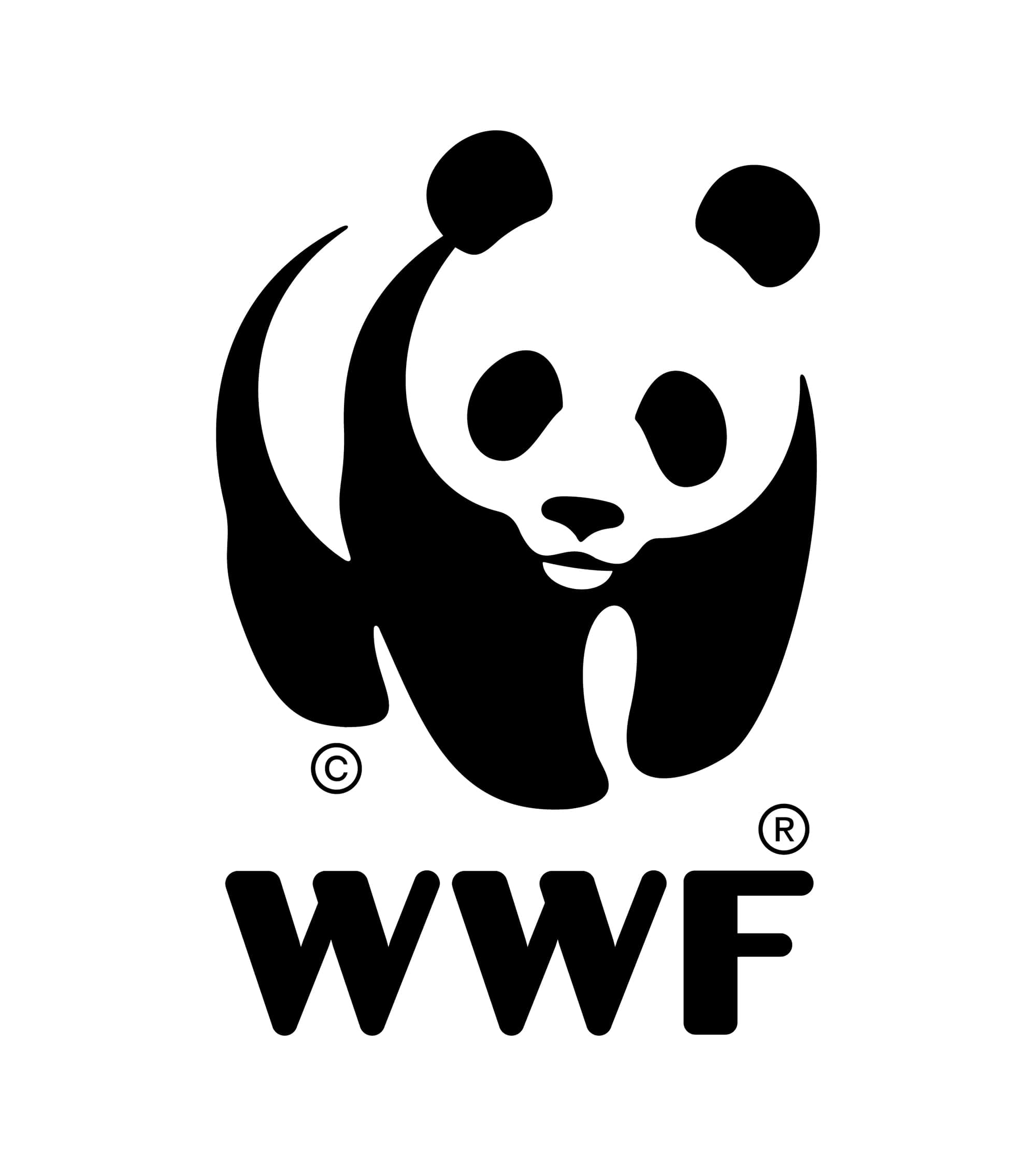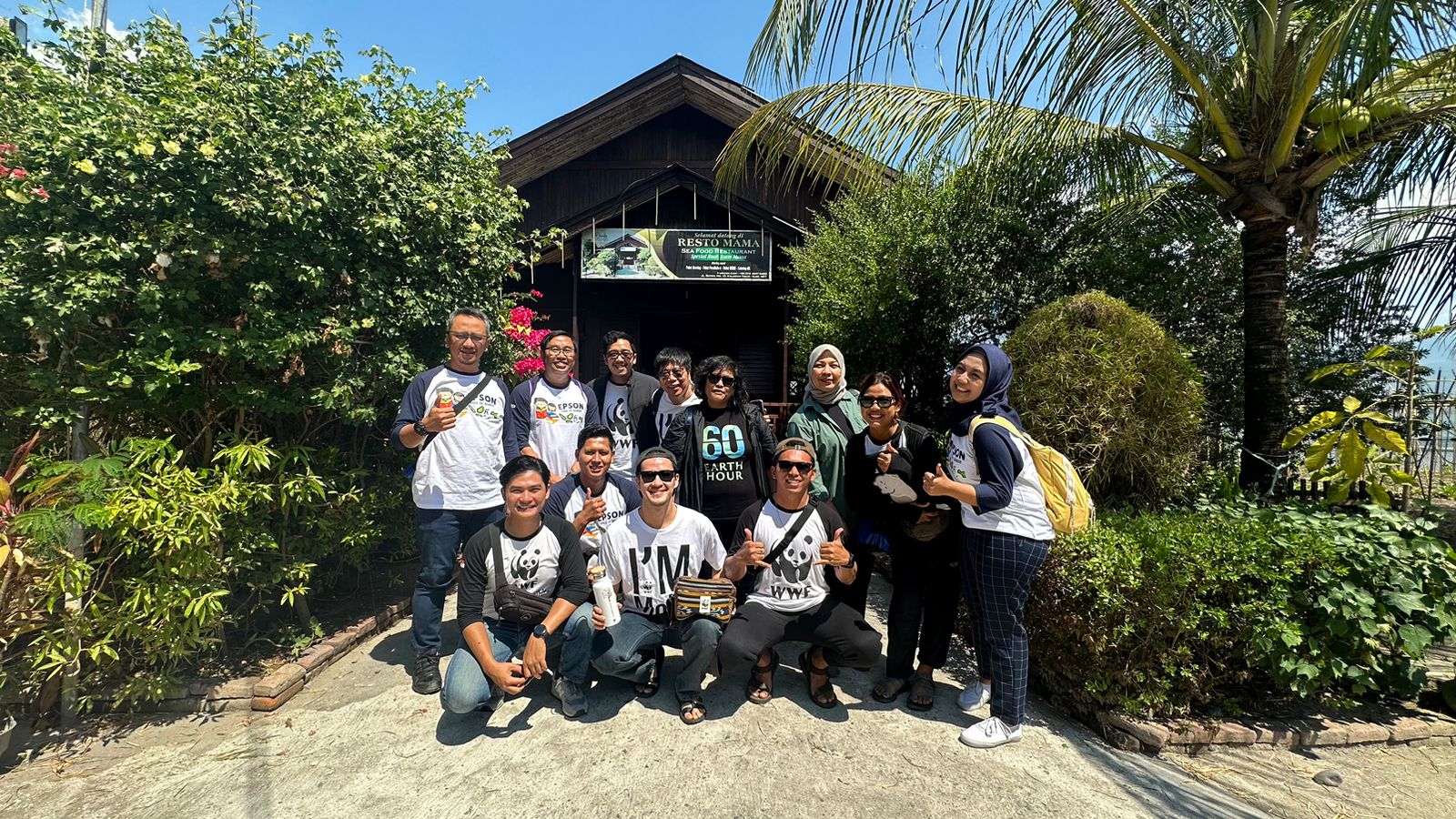MONA WARRIOR VISIT TO ALOR AND LABUAN BAJO
This visit was conducted to see and inform MoNa Warrior that the residents of Crocodile Island no longer fish using explosives, in addition to showing WWF-Indonesia's role in rehabilitating coral reefs.
Coral rehabilitation here is done using the rock pile method, where rocks are arranged in various configurations on a bed of broken or dead coral. Approximately 96m2 of coral reefs were planted so that in the future they can become fish houses, 32m2 of which are direct support from Epson Indonesia. In addition, it is also expected to become a diving tourism site for visiting tourists.
On the occasion, Morgan Oey was also invited to see a dugong named Mawar. This male dugong (Dugon Dugong) is an attraction for visitors or tourists in Alor. However, visitors need to be careful, because interactions with wildlife cannot be careless. Generally, interaction with wildlife is simply observed from afar, no holding or feeding allowed. For the observation of dugong at that time, the group only monitored from the boat and captured it with photos or videos from the boat.
This trip was also attended by WWF-Indonesia's partner, Epson to see the results of WWF-Indonesia's work supported by Epson and to find out its progress after the cooperation began in 2022.
In addition to Buaya Island or MIN 2, Morgan Oey also had the opportunity to visit Aimoli Christian School Alor. The school, which was recently inaugurated, already has many students. In addition to providing moral support for the spirit of studying, Morgan also provided support to complete learning and teaching facilities here.
In contrast to Morgan, Aurelie Moremans, who is also a MoNa Warrior, had the opportunity to visit Labuan Bajo, East Nusa Tenggara. Labuan Bajo, which is a hidden paradise in eastern Indonesia and very beautiful, turns out to have environmental problems related to waste.
Waste management study conducted by WWF-Indonesia in 2017, estimated that there were 112.4 m3/day or about 12.8 tons/day of waste generated in Labuan Bajo and in Komodo National Park there were 12.18 m3/day or about 0.65 tons/day.
Seeing the waste problem, the Labuan Bajo community then initiated a Komodo Waste Multipurpose Cooperative (KSU) as one of the solutions to overcome the waste problem in Labuan Bajo.
This KSU then became a pilot 3R (Reduce, Reuse, Recycle) Waste Disposal Site (TPS) located in Batu Cermin Village, Labuan Bajo.
With the support and assistance from WWF-Indonesia, the community received waste management education through the 3R (Reduce, Reuse, Recycle) campaign as well as practicing waste management.
Symbolically handing over donations from the Indonesian capital market worth Rp1.3 billion to the Head of Seraya Marannu Village, Rangko Hamlet Tourism Awareness Group, and Waekelambu Resident Representative. As the vice chairman of the 45th anniversary committee of the Indonesian Capital Market as well as the Director of the Indonesia Stock Exchange (BEI), Jeffrey Hendrik.
The event was also attended by the Deputy Regent of West Manggarai, Yulianus Weng, Head of the East Nusa Tenggara (NTT) Marine and Fisheries Office, Sulastri H.I Rashid, CEO of WWF Indonesia, Aditya Bayunanda, as well as representatives from KSEI and KPEI.
"This program is a tangible manifestation of Indonesian capital market support to the NTT region, especially in Labuan Bajo, West Manggarai Regency. We hope that the benefits of this assistance will improve existing facilities and resources, while creating a friendly and sustainable NTT environment," said Jeffrey.
During this activity, nearly 500 kilograms of plastic waste were collected. The collected plastic waste will then be managed in accordance with the waste management mechanism by taking into account the principles of sustainability.
The next day WWF-Indonesia continued the activity with Aurelie to plant mangroves in Rangko Hamlet. A total of 500 mangroves were successfully planted in this activity.
Let's follow other MoNa activities through IG WWF-Indonesia @WWF_Id





